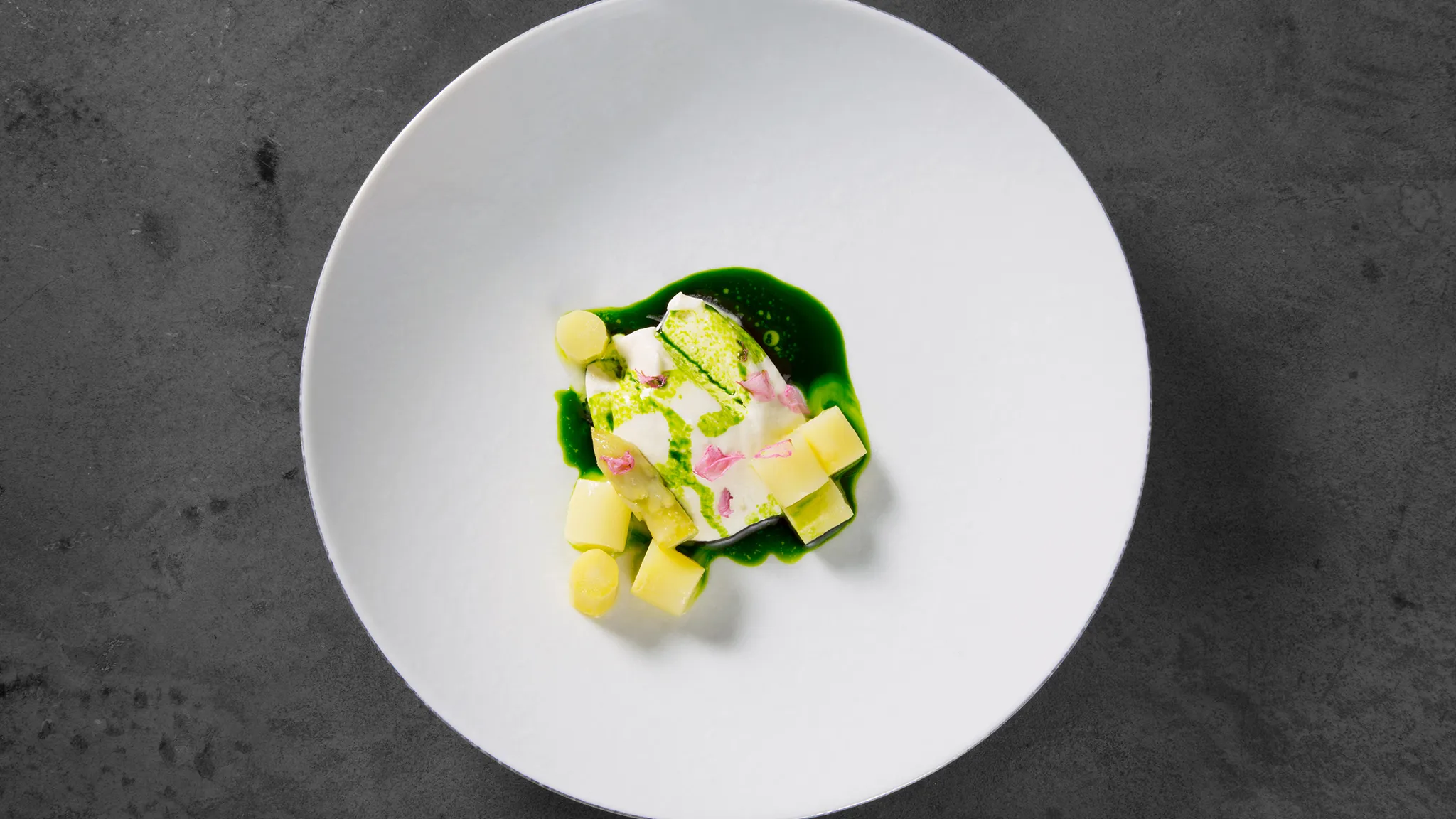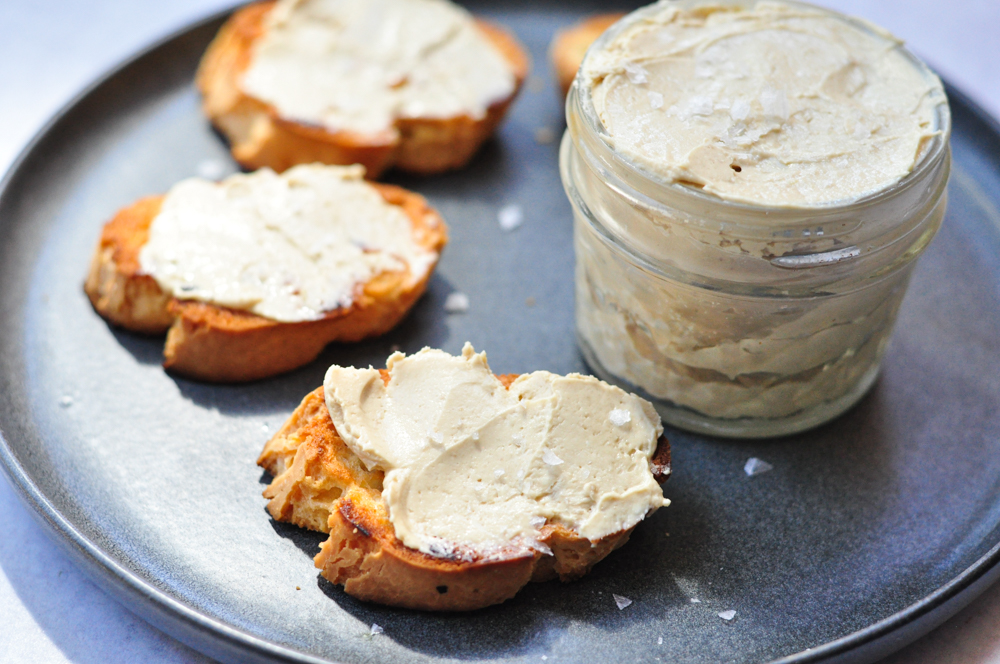You haven’t really eaten your way through Hungary until you’ve had a hot, golden lángos in your hands—crispy, pillowy, and slathered in garlicky sour cream with a heap of cheese on top.
I tried my first lángos from a little food stall near Lake Balaton, and honestly? I still think about it. It was greasy in the best way, savory, satisfying, and totally addictive. Whether you’re walking the streets of Budapest or standing in line at a summer festival, lángos is the Hungarian comfort food everyone craves.
🍞 What Is Lángos?

Lángos (pronounced lahn-gohsh) is a Hungarian deep-fried flatbread, traditionally made from a soft yeast dough. It’s crispy on the outside and fluffy on the inside, and it’s almost always eaten hot and fresh—ideally right out of the fryer.
While it started as a simple baked treat, today’s lángos is usually fried in oil and topped with a glorious variety of ingredients. It’s popular at:
-
Street food stalls
-
Farmers markets
-
Beach resorts
-
Christmas markets
-
Even school cafeterias!
It’s often considered Hungary’s favorite fast food, and once you try it, you’ll understand why.
🧀 Common Lángos Toppings (Yes, It Gets Wild)
The classic topping combo is:
-
🧄 Garlic water (brushed over the top)
-
🥣 Sour cream
-
🧀 Grated cheese (usually Trappista or Emmental-style)
But don’t stop there. Modern vendors have turned lángos into a culinary playground. Other popular toppings include:
-
🍖 Ham or sausage
-
🍳 Fried eggs
-
🌶️ Paprika or spicy sauce
-
🥗 Lettuce, tomato, and pickles for a sandwich-style lángos
-
🍓 Jam or Nutella for a sweet version (yes, it works!)
There’s no wrong way to enjoy lángos—just make sure you have napkins nearby.
🕰️ A Bit of History
Lángos has humble roots. It comes from the Hungarian word “láng”, meaning flame. Originally, lángos was baked in brick ovens using leftover bread dough, placed near the flame for a quick cook.
But over time, frying took over as the preferred method—because, let’s be real, fried dough is irresistible.
While it’s a street food now, it started as a homey, practical food—a way to use every bit of dough without waste. Today, it’s a nostalgic dish for many Hungarians, often tied to beach vacations, family outings, and school lunch breaks.
🧑🍳 Can You Make Lángos at Home?
Absolutely—and it’s easier than you think.
Basic Ingredients:
-
All-purpose flour
-
Yeast
-
Salt
-
Water (sometimes milk or mashed potato for extra softness)
-
Oil for frying
The dough is mixed, left to rise, then shaped into flattened disks and deep-fried until golden. Top with your favorites, and you’re good to go.
👩🍳 Tip: Let the dough rise fully before frying for that perfect airy interior.
🌍 Lángos Around the World
Hungary’s neighbors have their own versions of lángos too:
-
Slovakia: “Langoš,” often with garlic and cheese
-
Czech Republic: Similar style with ketchup and cheese
-
Serbia and Romania: Street versions that lean savory or sweet
-
Austria: Found at alpine food stands and ski resorts
Even outside Europe, you’ll sometimes find lángos at food festivals or in Eastern European bakeries—just look for the words “Hungarian fried bread.”
🤤 Why You Need to Try It
Lángos is everything we love about street food:
-
Affordable
-
Indulgent
-
Handmade
-
Packed with flavor
-
Eaten best with your hands
It’s a dish that doesn’t pretend to be fancy—it’s just hot, cheesy, garlicky joy. Whether you’re wandering Budapest’s ruin bars or flipping through a food travel show, this dish should be on your radar.
✅ Final Thoughts: Lángos Is Love at First Bite
From its roots as humble oven bread to its modern street food glory, lángos is a testament to the magic of fried bosjoko dough. It’s flexible, flavorful, and always satisfying.
So next time you’re in Hungary—or spot it on a food truck menu—don’t hesitate. Order it. Eat it hot. And savor every cheesy, garlicky bite.
Trust me, your taste buds will thank you. 🇭🇺❤️




